Text



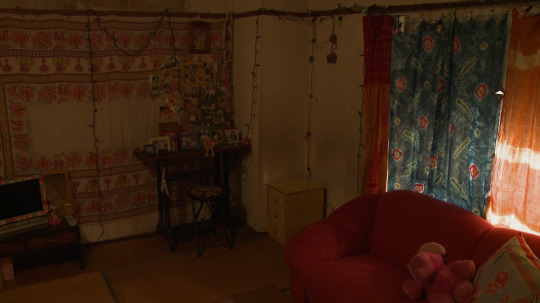

kotoko (2011)
209 notes
·
View notes
Text



Tokyo Blood (Sogo Ishii, 1993)
687 notes
·
View notes
Text
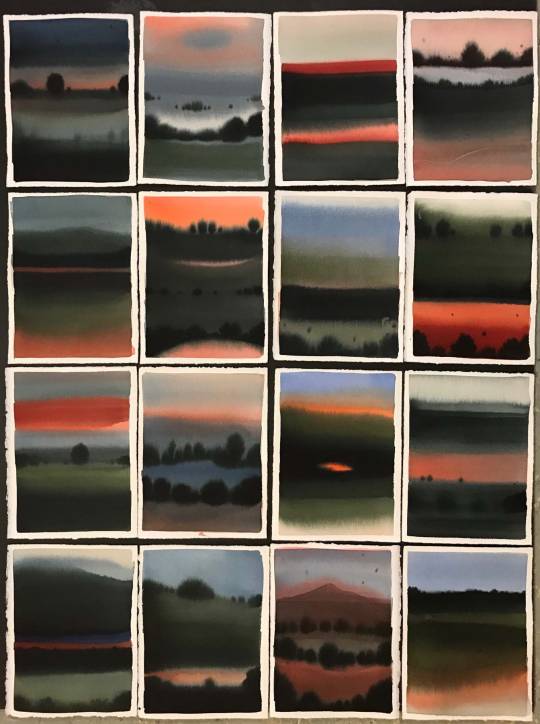
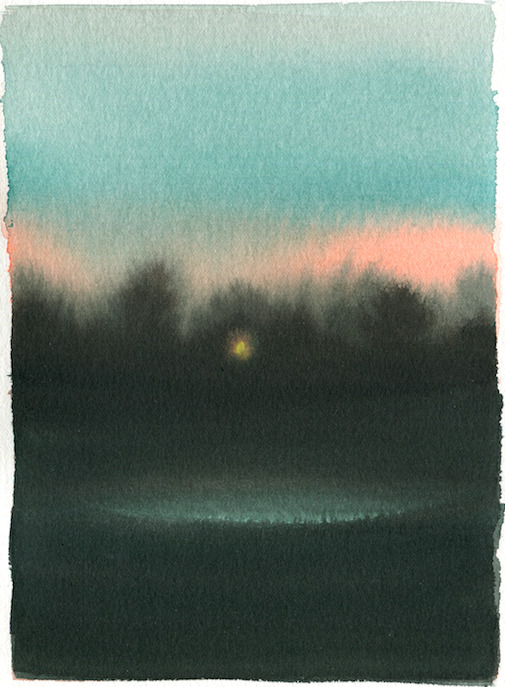

Magali Cazo, Entre chien et loup
12K notes
·
View notes
Text
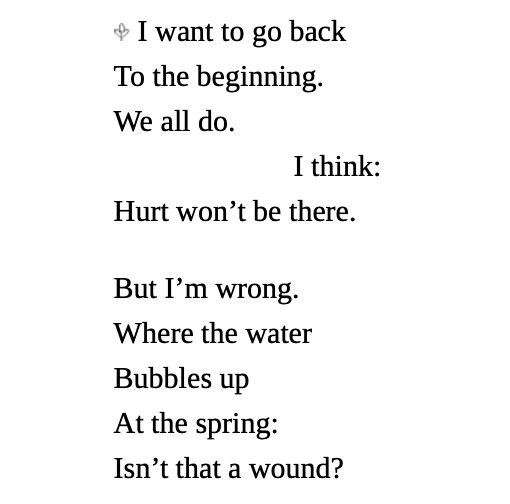
[i want to go back] by Gregory Orr
8K notes
·
View notes
Text
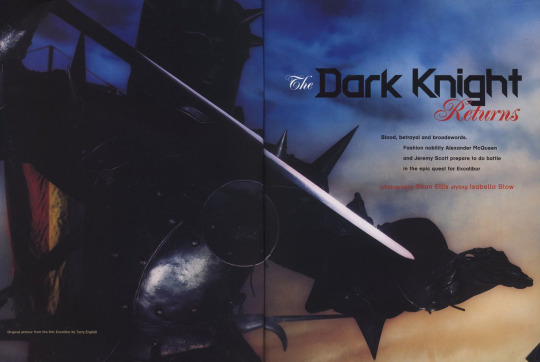

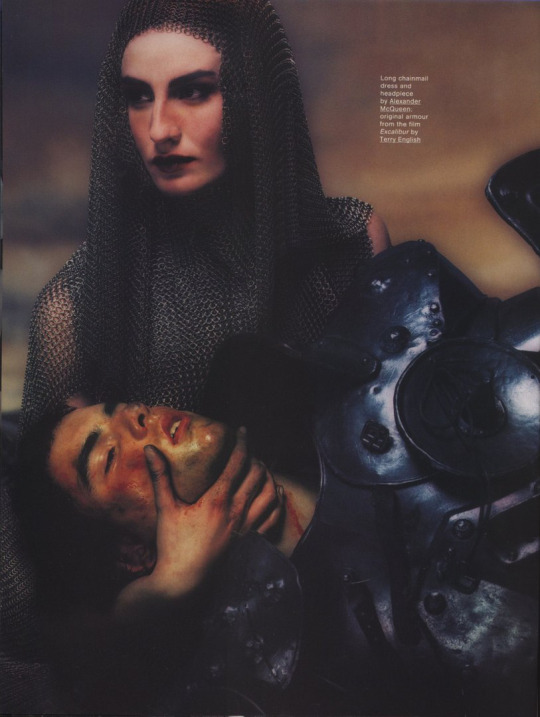
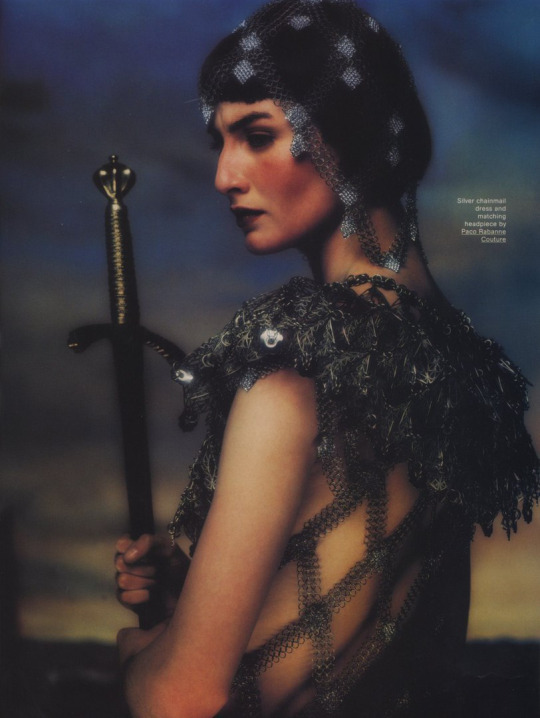
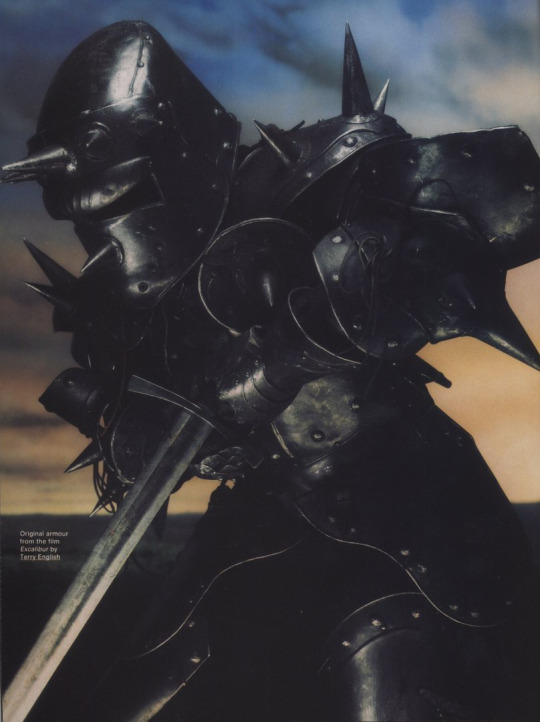
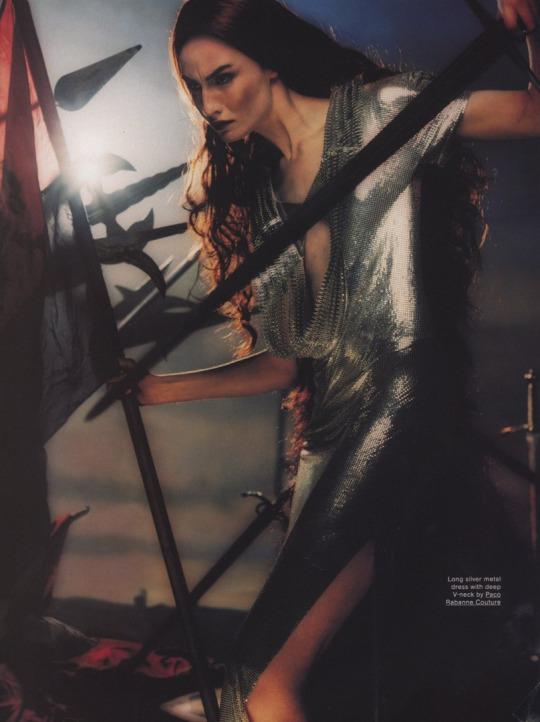
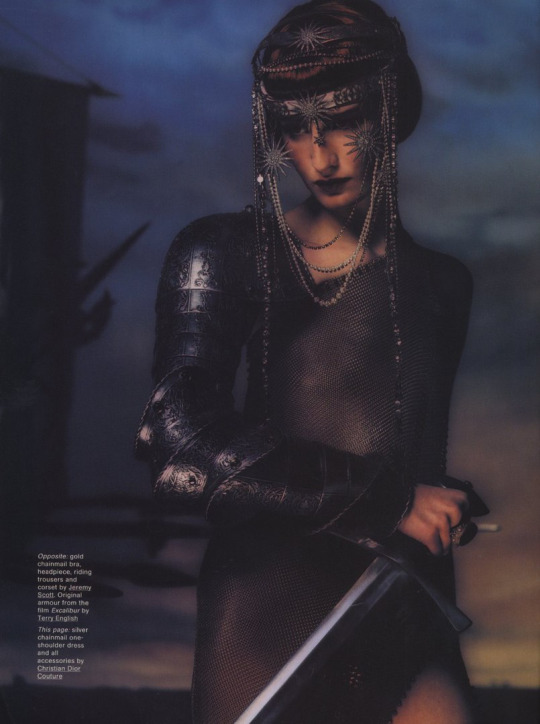
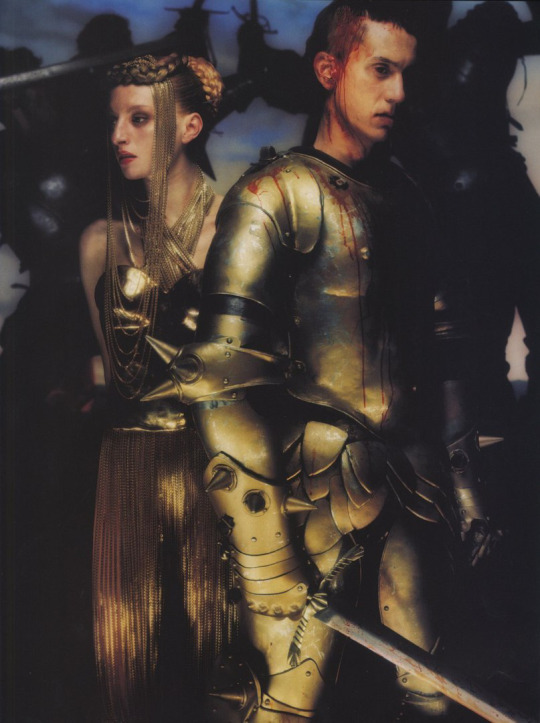
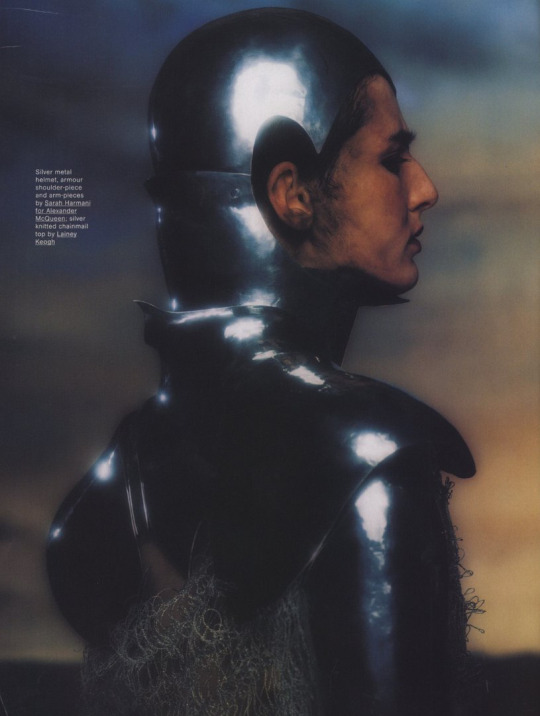

'The Dark Knight Returns' in The Face Magazine with Alexander Mcqueen & Jeremy Scott (1997) Photography: Sean Ellis
2K notes
·
View notes
Text
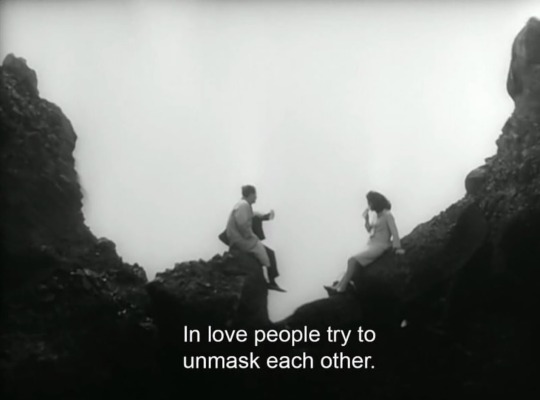
The Face of Another (1996) Dir. Hiroshi Teshigahara
29K notes
·
View notes
Text
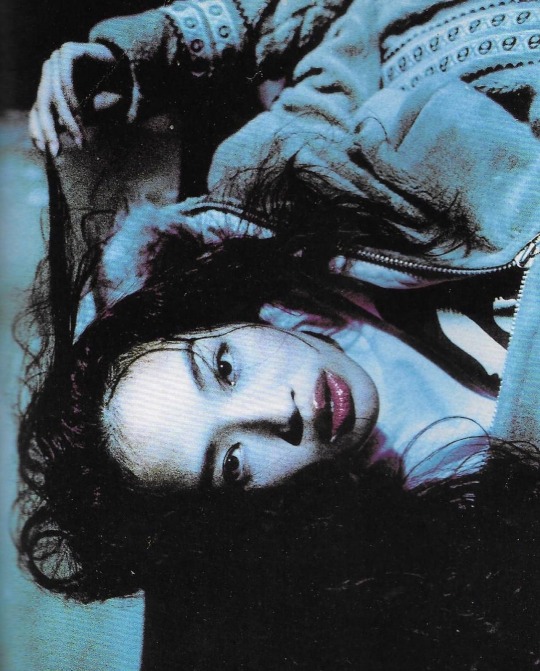


Shu Qi for A Bathing Ape (1999) Photography By: Wing Shya
4K notes
·
View notes
Photo

Hannah Starkey Untitled – January 2000
7K notes
·
View notes
Photo


The Video Store, Cincinnati, 1988
16K notes
·
View notes
Photo










Various Tower Records locations (1980s-90s)
Designed by Buttrick White & Burtis (Theodore A. Burtis, AIA, partner in charge)
Scanned from ‘The Best of Neon: Architecture, Interiors, Signs’ by Vilma Barr (1992)
1K notes
·
View notes
Photo
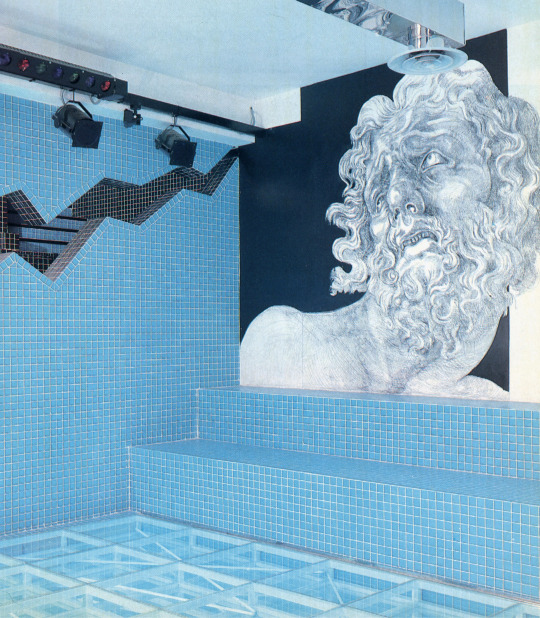



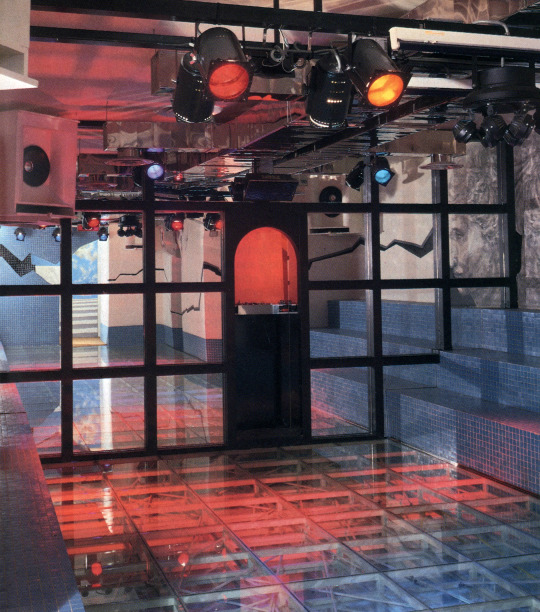

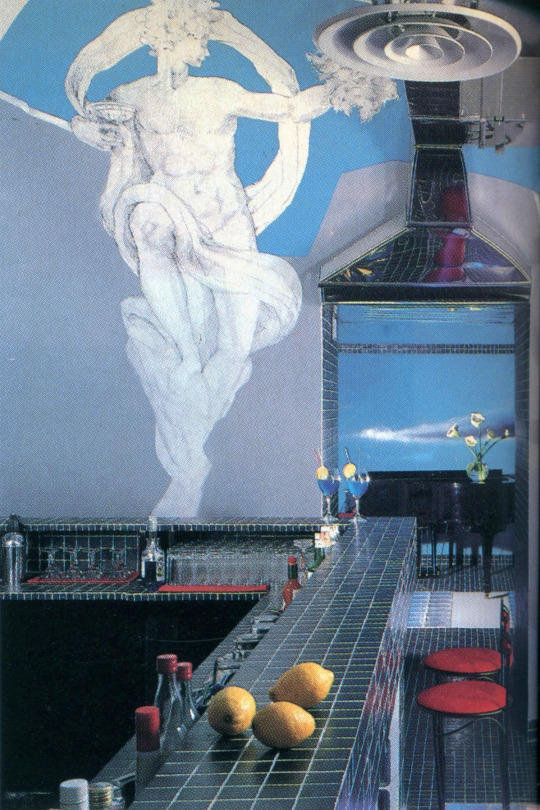
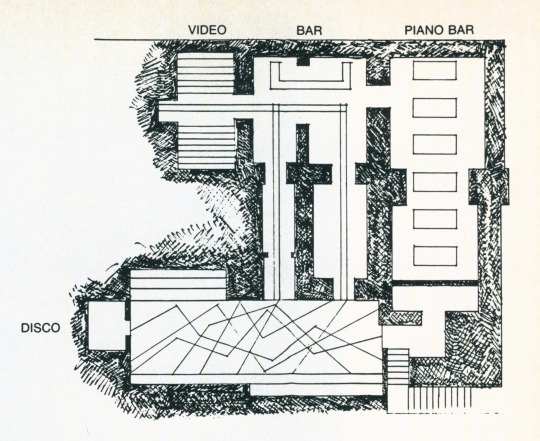
Subterranean Discotheque ‘Olimpo’ - Rome, IT (1987)
Designed by Pino Piantanida
“Mt. Olympus, so legend tells us, was the lofty habitat of the Greek gods, from which the deities ruled over the earthlings. Olimpo, by contrast, is a subterranean complex situated deep in the heart of Rome: a combined discotheque and piano bar, and the current favorite among the nocturnal haunts of the jeuness dorée. As for the reality, the site on which Olimpo stands (or, more explicitly, was sunk into) near the Pantheon was, in the days of Imperial Rome, the site of a complex of Roman baths, a fact whose authenticity was proved during excavations in that area. The boundary walls of the disco area are actually those of the baths. So much for history.
Pino Piantanida, the architect who envisioned and designed Olimpo, found his inspiration in both the myths of antiquity and the historic facts that were revealed to him. Giving his imagination free rein, he has created a dream-like atmosphere: one in which the gods and goddesses appear amid the evanescent clouds of a sky that is sometimes blue, sometimes flame-colored—an effect he has achieved through lighting and mirrors. Should the ancient Romans return to their old haunt, they would doubtless find the whole picture confusing. The young Romans of today. however, take it all in stride, and evidently feel completely at home with it.
For starters, the existing interior divisions of the area (3,800 sq. ft.) were demolished, and all traces of its former incarnations were erased. The space was then divided into three main rooms and one small bar. all interconnected by a labyrinthine system of corridors designed to effect a transition from one room to another and back again, returning by a different route, all of which may mystify the first-time visitor, as the designer doubtless intended it should.
Piantanida likes to think of the descent from the sidewalk into the depths of the disco as a descent into the Roman baths, and so he has used deep turquoise as the basic color here. Distant skies are painted in tempera by Piantanida and Leonardo Tonioni, his assistant, in varying pinks deepening into flame. Thus the three basic elements, earth, fire and water, are portrayed.
The floor of the disco room is made of structural glass and is lighted from beneath with blue, pink and flame-colored tubes that give to the floor a sensation of movement. The upper reaches are lighted only with spots at rare intervals, preserving the mysterious atmosphere. The ceilings and walls, above the “water line,” are pure white, except for a simulated black crack, and for the finely drawn greater-than-life-size heads and figures of mythological figures. In the first room the head of Laocoon floats in clouds above the dancers; on another wall Diana fixes a victim with her arrow. Above the bar, Bacchus (after Bronzino) hovers, and in yet another room, the horses of Castor and Pollux assume the same pose as that in which they are seen in the famous sculpture group in the Piazza Quirinale. Structural glass, illuminated from beneath, in the same color combination as that used in the dance floor, is also used for the center paths of the corridors leading from room to room, leaving the walls and ceilings in near-darkness. The piano bar is simply furnished with comfortable chairs, sofas and small tables, and is dimly lit, except for the farthest wall, which has a trompe l'oeil mural of a fiery sunset. Piantanida has achieved his dramatic effects with contrasting lights and darks, and with brilliant hues against black and white. His original injection of mythological figures, finely drawn and of heroic proportions, adds wit to the whole harmonious scheme.”
See Neoclassical PoMo, Pomo Faux Ruins, and Pacific Punk Wave
Scanned from an April 1987 issue of Interior Design Magazine
304 notes
·
View notes
Photo


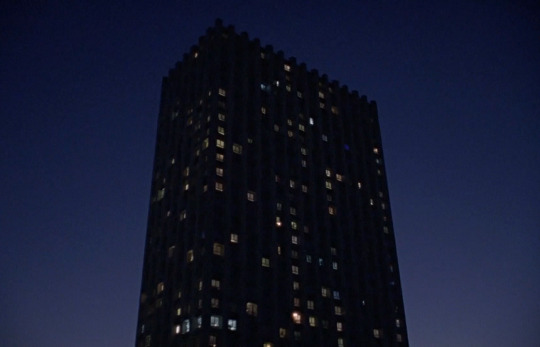
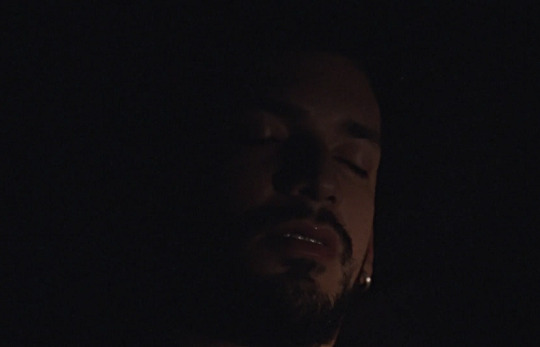



Mars exalté (2022) // dir. Jean-Sébastien Chauvin
52 notes
·
View notes
Text



Vintage gay Bart shirts
17K notes
·
View notes
Photo

Antonio J. Gabriele, ca. 1980s
4K notes
·
View notes
Photo









https://www.flickr.com/groups/noveltyashtrays/
0 notes
Text
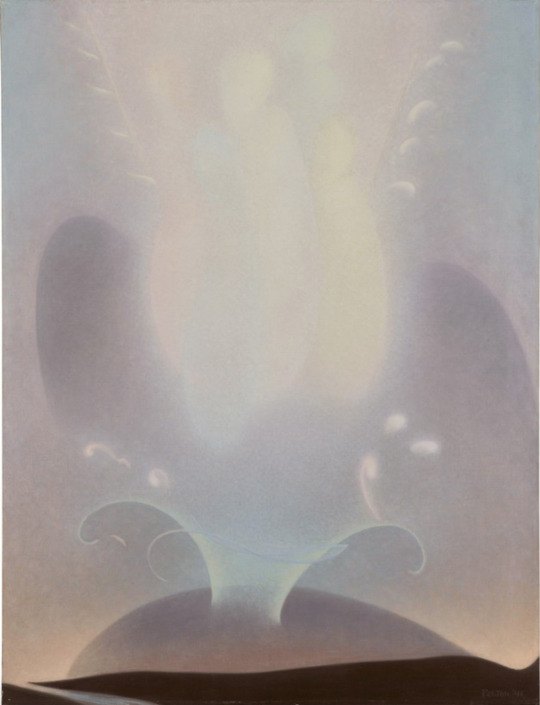






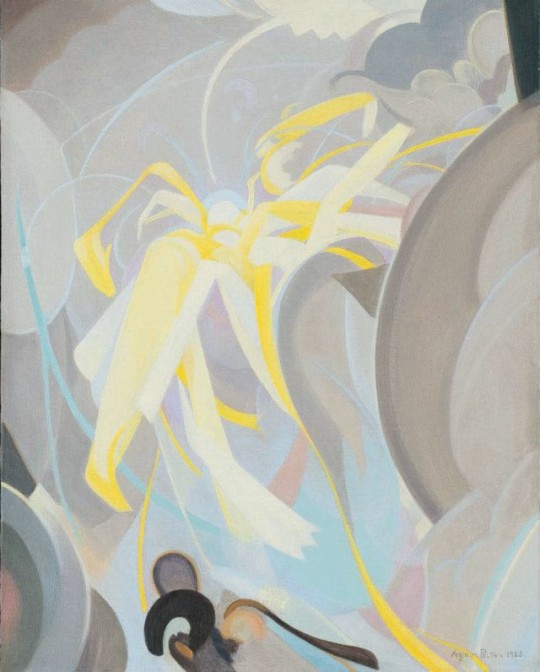
Agnes Pelton, conceptualist artist, 1881 -1961
15K notes
·
View notes

